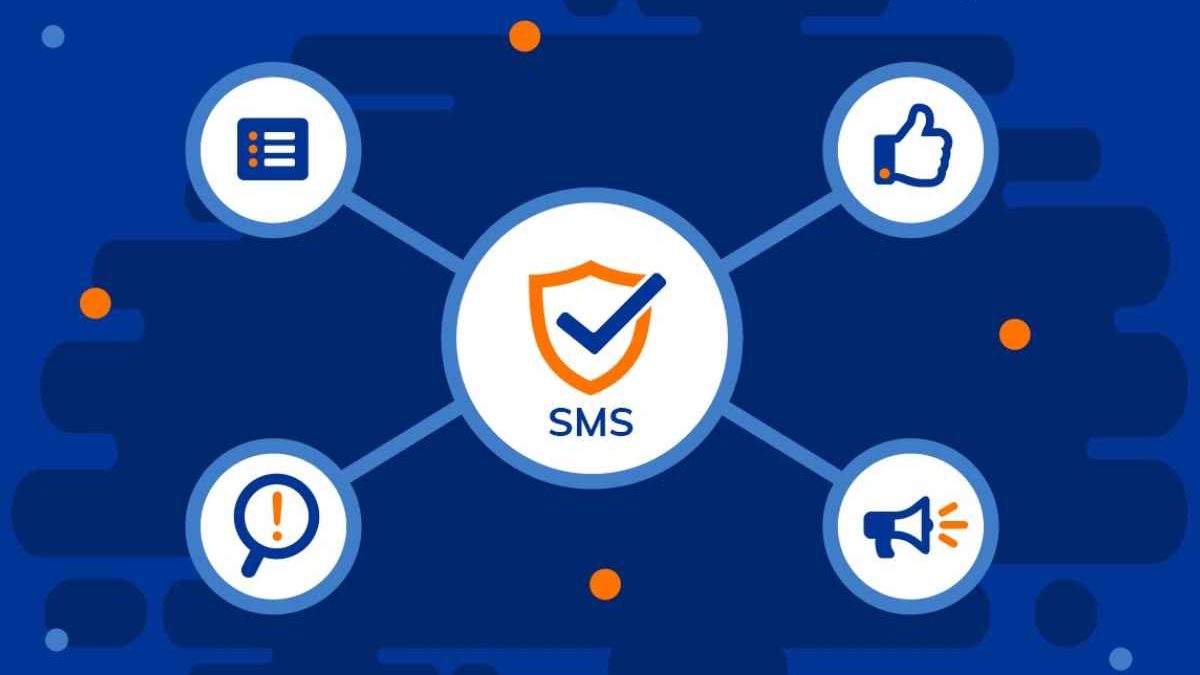Safety Management System
One way to improve health and safety management at th/e workplace is investing in software to streamline the processes. It makes risk management more manageable and minimizes injury risks to personnel.
Every organization is unique, and there is no one solution when investing in a safety management system. Working with an expert is essential in determining the best software for your business. Still, you must know more about what you will buy when purchasing any technology to ensure you get value for your money. Here is what to look for in a safety management system;
Table of Contents
Risk Assessment Capabilities
Risk management is a continuous process; you must constantly look for improvement areas. A safety management system helps analyze gaps to determine an action plan for risk mitigation. It makes it easier to assess safety hazards in company operations, indicate the chances of it happening, and the damage extent if it happens.
Compliance
The workplace has all kinds of safety and health hazards, necessitating management to undertake an in-depth risk assessment to capture all threats. Still, you have to factor in guidelines from your industry regulating authority. For example, if you are in a labor-intensive sector, you can get valuable insights on safety compliance in the inductrical construction glossary.
A safety management system should help compile a checklist for all safety requirements while assessing compliance with the regulations. Also, you will need it to integrate with other digital tools for your risk management activities.
Flexibility
Every business has its needs and will differ from other enterprises, even if they operate in the same industry. Safety management software must be flexible to your company’s demographics and requirements.
Whether developing the system from scratch or purchasing from a third party, you must ensure the program suits your existing technological framework. Before buying a digital solution, it is best to analyze the business needs to match them with the features you get.
Sometimes you may not need the complete package but can select the most critical elements for your business and to comply with industry standards.
Collaboration
Integrating a safety management system should improve productivity and performance through enhanced collaboration within the workforce. The ideal system provides two-way communication where executives can pass information to workers and receive feedback to guide them in improving the system.
Safety management software enables several people to work on the same project simultaneously and allows information sharing via the platform. Still, users can export files to share with team members in different formats: Improving collaboration at the workplace, productivity, and profitability increase.
Safety Training
Worker’s education on safety protocols is mandatory for many industries. Since safety training is constant, it can take time to ascertain the progress in educating employees on safety protocols. However, the safety management system can assist in appraising staff while keeping all records.
Personnel can undertake training using the platform by creating exercises using digital devices. It eliminates the need for assembling everyone in a single room, as workers can take quizzes from different locations to ensure safety compliance.

